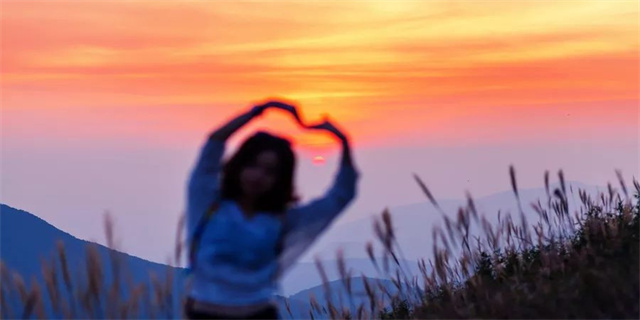最佳答案Unlocking the Potential of Locking The Art of Locking Locking is a unique dance style that originated in the 1970s, primarily from funk music and the street dan...
Unlocking the Potential of Locking
The Art of Locking
Locking is a unique dance style that originated in the 1970s, primarily from funk music and the street dance culture of African-American and Latino communities. The essence of locking lies in the control and coordination of movements, particularly the distinctive locking and unlocking of joints, which gives the dance its name. This article explores the history, technique, and significance of locking, shedding light on its rich cultural heritage and its potential as an art form.

A Brief History
Locking was created by Don Campbell, also known as \"Campbellock,\" who developed the style while performing as a street dancer in Los Angeles. Inspired by the funk music of the time, Campbell incorporated arm and hand gestures, isolations, and exaggerated stops and freezes into his dance moves, setting the foundation for what would later become locking. The rhythm and energy of funk music lent itself perfectly to this dance style, and locking quickly gained popularity among dancers and audiences alike.

The Technique
Locking is characterized by a series of distinct movements and gestures. The primary movement is the lock, where a dancer holds a position and then abruptly stops, contracting the muscles to create a striking visual effect. This is often followed by an unlock, where the dancer releases the tension, creating a smooth transition to the next move. Throughout a locking routine, dancers also incorporate syncopated footwork, energetic arm swings, and perform with a joyful and playful attitude.
One of the most iconic elements of locking is the use of \"points,\" where dancers extend their index finger or other body parts to highlight a specific beat or musical moment. These points can be precise or exaggerated, adding a touch of showmanship and personal expression to the dance. The overall style and technique of locking allow dancers to freestyle and innovate within the framework, encouraging individual creativity while honoring the foundational movements.
Cultural Significance
Locking not only represents a unique style of dance but also carries cultural significance. It emerged during a time of social and political change, providing a form of creative expression and individuality for marginalized communities. Locking became a way for dancers to communicate their stories, emotions, and experiences through movement. The dance style also fostered a sense of community and camaraderie among dancers, creating a supportive and inclusive environment.
Locking has continued to evolve over the years, influencing other dance styles and becoming a fundamental element of hip-hop culture. Its energy, rhythm, and infectious spirit have made it a popular choice for performances, competitions, and entertainment in various settings. Locking has also transcended cultural boundaries, with dancers from around the world embracing and adding their unique flavor to the style.
Unlocking the Potential
As a dance form, locking has tremendous potential for further exploration and artistic development. Its fluidity, fusion of styles, and strong connection to music make it an ideal medium for storytelling and expression. Contemporary locking choreographers have been pushing the boundaries of the style, incorporating elements from contemporary dance, ballet, and other genres to create innovative and thought-provoking performances.
Furthermore, locking has been embraced by the entertainment industry, featuring prominently in music videos, commercials, and movies. The energetic and visually captivating nature of locking makes it a compelling choice for visual media, amplifying its reach and impact on a global scale.
Unlocking the potential of locking also involves preserving and honoring its roots. It is important to recognize and respect the history and cultural significance of locking in all its forms. Dance schools, workshops, and events dedicated to preserving and promoting locking play a crucial role in passing down knowledge and ensuring the continued growth and evolution of the dance style.
In conclusion, locking is a vibrant and dynamic dance style that continues to captivate audiences worldwide. Its history, technique, and cultural significance make it a valuable art form that deserves recognition and appreciation. By unlocking the potential of locking, we can inspire future generations of dancers, foster creativity and innovation, and continue to celebrate the rich heritage of this extraordinary dance style.







